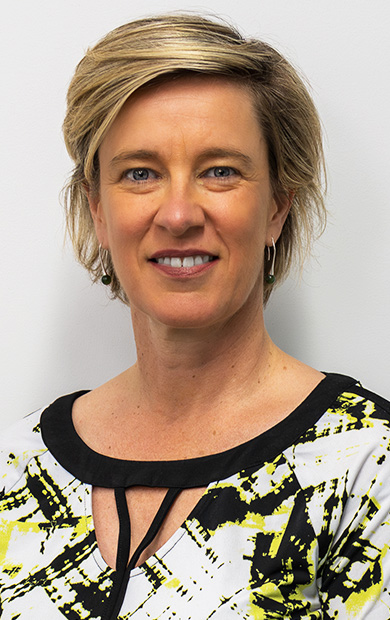Made to Olympic Standards

The Tokyo 2020 Olympic Games has proven to be a unifying and endorphin boosting event across the world. The most unprecedented Olympics came to a close, with Australia landing sixth on the leader board with a total of 46 medals: 17 gold, seven silver and 22 bronze.
Behind every Olympic Games lies the hard work and dedication of athletes and their teams. However, what many viewers don’t consider are the years of operational planning, involvement of volunteers, and the creation of infrastructure to support all involved. Standardisation also plays a vital role, especially for an event that incorporates such varying needs and requirements. From precise measurements of wood used to manufacture boats to the chemical balances in chlorine pools, there are many relevant standards.
Tokyo 2020 achieved certification to ISO 20121:2012 which specifies requirements for sustainable event management. All Tokyo 2020 activities were assessed by the International Organization for Standardization (ISO) and the British Standards Institution (BSI).
“Sustainability has always been an important concept for Tokyo 2020, and this acquisition of ISO 20121 certification proves that sustainability is embedded in all of our management processes,” Toshiro Muto, Chief Executive Officer of Tokyo 2020 announced.
Diving into the world of standards
Almost half of Australia’s medals were earned by swimmers. Swimmer Ariarne Titmus, just 21 years old, took out two gold medals this year and broke the world record in the 400-metre freestyle. Her win had a noticeable effect on her coach’s passionate celebration.
Well over 100 Australian standards contribute to the swimming pool industry and cover most swimming pool components. AS ISO 13007.5:2020 specifies the test methods and values of performance requirements for waterproof membranes for ceramic tiles.
Swimmers eyes are protected under standards like ISO 18527-3:2020, Eye and face protection for sports use — Part 3: Requirements and test methods for eyewear intended to be used for surface swimming.
For the non-Olympic sized domestic swimming pools, AS 5102.1:2019 specifies the requirements for measuring energy consumption and performance of swimming pool pump-units and ISO 20380:2017 specifies requirements for computer vision systems for the detection of drowning.
Canoe keep up?
Canoeists Jessica Fox and teammates Jean van der Westhuyzen and Thomas Green all won gold in their respective events.
Many people canoe for leisure, and when they do, they are sure to add the extra layer of safety. AS 4758:2015 parts one to three specify requirements for adult and child lifejackets, including structural materials and construction. Risks of falling overboard are minimised in ISO 15085:2003, Small craft — Man-overboard prevention and recovery.
Skateboard debut
Keegan Palmer is the first to win the men’s park skateboarding event with a score of 95.83 – almost ten points ahead of his Brazilian opponent Pedro Barros.
Skateboarders across Australia are supported in their sport through standards like AS/NZS 2063:2020, Helmets for use on bicycles and wheeled recreational devices. Published in 2021, AS EN 14974:2021 specifies safety requirements to protect skaters and spectators from hazards (as far as possible). Of course, this doesn’t just apply to skaters; there are many other types of sports that utilise skateparks, from scooters to BMX bikers and more.
On the field
Australia watched on with pride through the highs and lows our sporting heroes on the field. From the Matildas to the Kookaburras, and even our men’s and women’s Rugby Sevens, years of hard work and excellence culminated in just a handful of games in their quest for glory.
Getting out on the field and kicking a ball or hitting a hockey puck calls for consistent grounds. Recommendations and requirements for indoor and outdoor lighting are detailed in AS 2560.1:2018, and ISO/TS 24667:2020 specifies repeatable and SA TR CEN 17519:2021 describes ways of containing infill materials used in many types of synthetic sports fields.
Looking ahead, as sports and competitions continue to look for better ways of ensuring the safety of athletes, there will be more opportunity for standardisation and updates to existing standards.
media enquiries
For media enquires, please contact:

